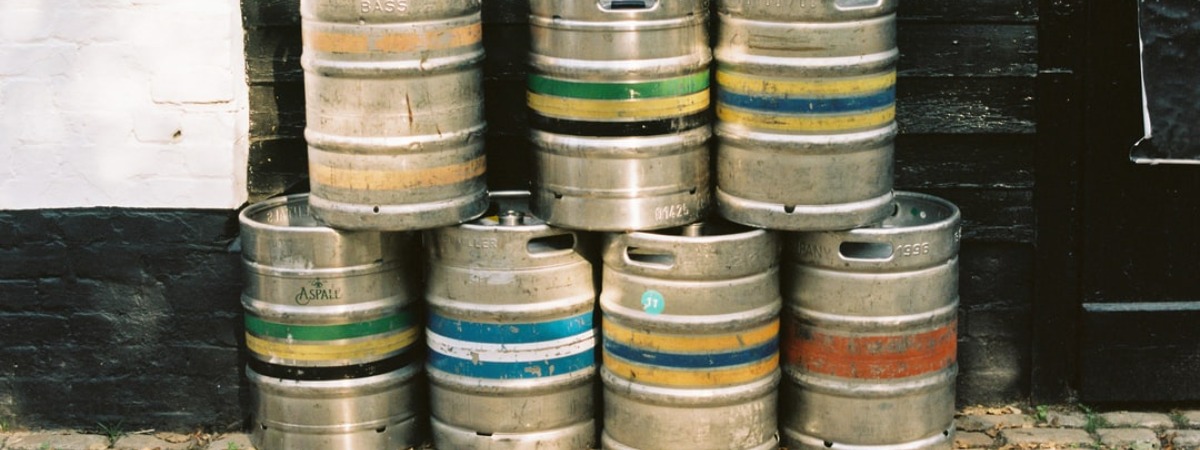We found a great article from Craft Beer and Brewing Magazine regarding some specifics details on Kegging. You can read the article here
Below we will look at bottling versus kegging and the advantages and disadvantages you may come across as you choose one route or the other.
Perhaps you are thinking about changing things up and switching from bottling to kegging. The great thing is that both result in BEER. We’ll look at some different elements to both bottling and kegging and see how they fare.
Some key components to the kegging process are as follows:
- Kegs: homebrewers tend to use five-gallon Cornelius stainless steel kegs, which come with either a ball-lock or pin-lock fitting.
- Connectors: Kegs have two connectors. One is for pushing CO2 and the other is for dispensing beer.
- CO2 Tank: Homebrewers tend to use five-pound tanks because they are easier to transport, but if that isn’t an issue and you are planning on dispensing a lot of beer, you can attain a 20-gallon tank for only a few dollars more.
- Regulator: A regulator is needed to provide safe levels of CO2, as a full CO2 tank holds a pressure of 800 PSI, which is way more than necessary for carbonating and serving beer.
- Faucet/Tap: A tap is needed to control the flow of the beer when serving it.
- Tubing: Food—grade tubing is needed to connect the CO2 and tap to the quick-disconnects.
- O-Rings: These are rubber circles used to seal areas like the hatch of a keg. If you have purchased used kegs, it’s a good idea to replace the O-rings.
- Refrigerator: You will need a refrigerator to store your keg.
It’s rare that you move a keg once it’s in the refrigerator so not only does this mean that you don’t have to keep moving it around, but because it stays sedentary, it lowers the chances of disturbing the yeast sediment after it has settled.
A bit of a downfall on the kegging side of things is that if you want to enter a homebrewing competition, the way to go is bottling. It is possible, however, to bottle from a keg using a counter-pressure filler.
Some people opt for kegging because bottling can be time consuming so that really comes down to a personal choice and how much time you have and want to spend. We’ve seen the process take from 60 minutes (super speed) to five or six hours.
Kegging takes the lead when it comes to carbonation as it lets you precisely adjust carbonation to a level that’s just not possible with bottles. Also, if you do happen to over-carbonate a batch, kegs can handle many times the pressure of bottles.
Portability can obviously be pretty easy with bottles if you are looking to take your masterpieces with you. However, if you have a counter-pressure filler for the keg, it evens itself out.
And lastly, some people just enjoy popping a top off of a bottle rather than flipping a tap switch but all-in-all, both are great ways to get some great homebrewed beer!

